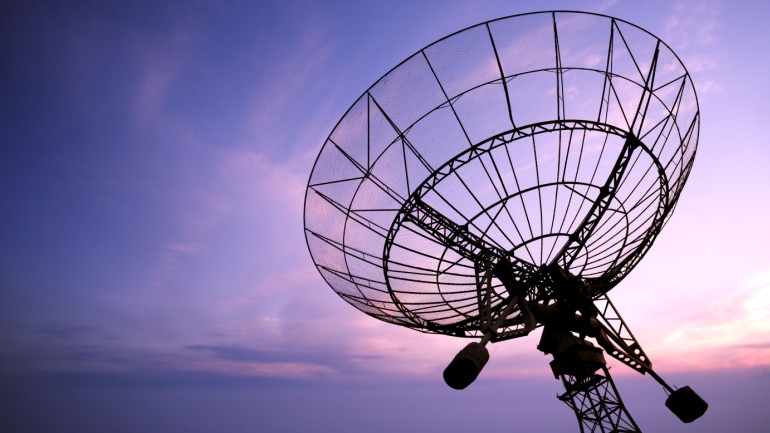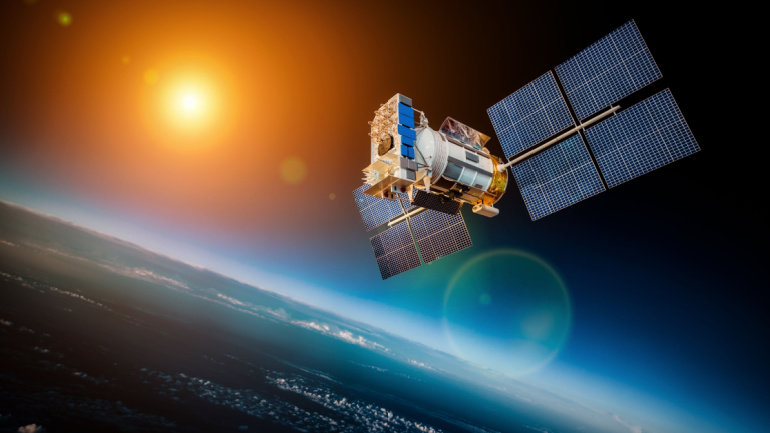SpaceX has hit a roadblock in its ambitious plan to connect consumer devices directly to its next-generation Starlink satellites, as the FCC rejected its request to utilize the 1.6 GHz, 2 GHz, and 2.4 GHz bands. The regulatory agency has halted SpaceX’s bid citing their current policy on limiting new entrants to these bands.
Intelsat has announced the expansion of its partnership with Eutelsat through a significant $500 million agreement over seven years, aiming to capitalize on the burgeoning opportunities in the multi-orbit space sector. This collaboration will integrate Eutelsat’s OneWeb Low Earth Orbit (LEO) network, which it has owned for six months, with Intelsat’s existing geostationary orbit (GEO) and terrestrial networks. The goal is to enhance the range of services Intelsat can offer by leveraging these combined space assets.
Dish Network’s financial struggles have intensified, leading to the likelihood of not completing a significant spectrum purchase from T-Mobile US. The satellite TV provider, aspiring to expand into mobile networks, disclosed its precarious financial situation, hinting at potential challenges in continuing operations.
Deutsche Telekom and the satellite company Viasat have recently enhanced in-flight internet connectivity for flights to and from Cyprus by activating three new ground stations. These stations are part of an expansion that strengthens the European Aviation Network (EAN) in the Eastern Mediterranean, bringing the total to 300 ground network antenna sites across Europe.
The $24 billion merger between T-Mobile and Sprint drastically reshaped the US mobile landscape, reducing the country’s major operators. To counterbalance this change, Dish Network intended to purchase T-Mobile’s 800 MHz licenses.
Neterra, a telecommunications trailblazer for nearly three decades, recently secured the prestigious ‘Best Central & Eastern European Carrier’ award at the Global Carrier Awards 2023. In an exclusive interview with Svetoslava Bancheva, the PR and Digital Communications Manager, Neterra’s evolution from providing Bulgaria’s first internet connection to becoming a global telecom solution provider unfolds. Svetoslava highlights pivotal milestones, including running submarine cables under the Danube River and the establishment of the Sofia Data Center.
The FCC has recently approved rule changes aimed at streamlining access to the 70 GHz, 80 GHz, and 90 GHz spectrum bands, immensely benefiting airborne and waterborne vehicles and promoting more innovative broadband service options. These updates will also impact the way backhaul service for 5G operates, enabling smaller, lower-cost antennas to be utilized, and ensuring a more efficient use of the spectrum through modifying the link registration process.
AST SpaceMobile secures a funding boost of $206.5 million from AT&T, Google, and Vodafone. Used smartphone market saw a robust 9.5% growth, while the new smartphone market faced a 3.2% decline. Nokia and Oppo have resolved their patent dispute with a multi-year cross-licensing agreement on 5G technology. ASC Americas partners with Wilmac Technologies to integrate ASC’s “Recording Insights” into Wilmac’s services. Mavenir has secured a contract to modernize messaging capabilities for Deutsche Telekom networks.
In a pioneering move, Scotland’s Fire and Rescue Service, SFRS, is enhancing their operational performance with an innovative VoIP (Voice over IP) solution developed by MLL. This not only amplifies communication efficiency, especially in different departments, but also boosts working conditions for essential staff.
Singtel ramps up its maritime digital services by integrating the innovative satellite technology from Starlink. This breakthrough aims to inspire ship operators into adopting digital solutions such as AI, 5G, edge computing, and cloud-based technologies for improved operational efficiency and safety measures. Starlink, a first-of-its-kind low Earth orbit broadband service included in Singtel’s comprehensive iSHIP offerings, offers enhanced connectivity and reduced latency.













